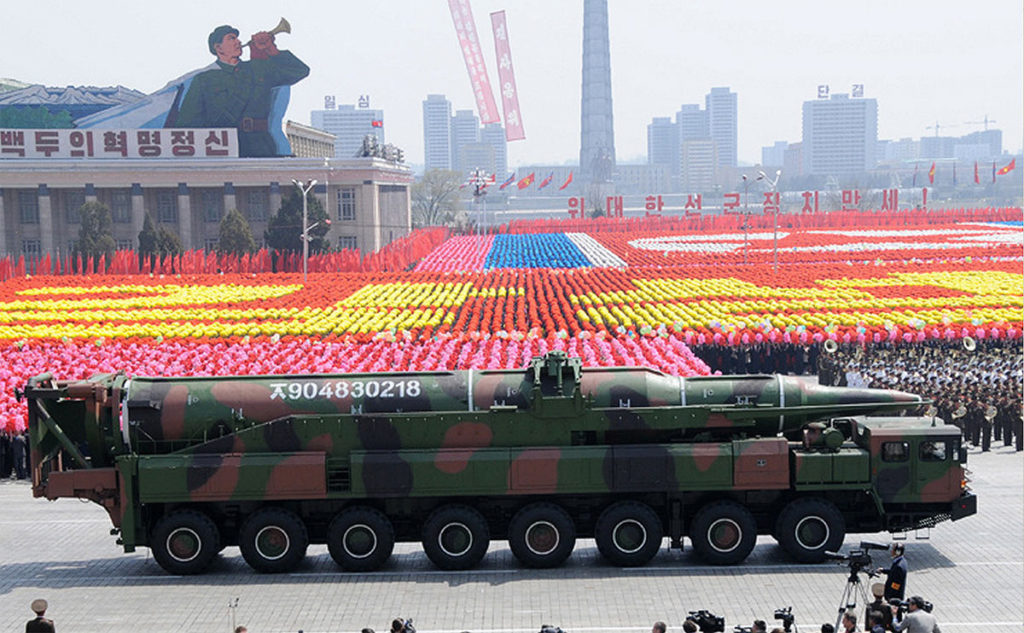
Over the next year, a new and serious threat against the United States’ west coast may emerge. North Korea has announced its intention to develop a nuclear capable intercontinental ballistic missile (ICBM) that would be able to hit the mainland of the United States. North Korea is known to have theatre-wide nuclear missiles capable of hitting targets in South Korea, Japan and China. The possibility of reaching mainland United States may become a reality as early as 2017.
Negotiations to push China into taking action against North Korea or taking direct diplomatic or military action against Pyongyang are possible options. Nevertheless, a solid line of defense against ICBMs must also be put in place in an era where nuclear weapons are being sought by smaller countries.
The United States and NATO often focused on air defenses that are very effective in small areas of conflict. They were designed against a hypothetical Soviet mass armor and air assault on a region or even a single battlefield. The Soviet and Russian doctrine differed in their development, as the trauma of being invaded during WII prompted a culture of missile defense that remains to this day.
Medium range weapons like the SA-3 and SA-8 gave rise to more modern systems like the SA-15 TOR medium range system. These systems could be used in smaller theaters of war, and currently focus on shooting down aircraft as well as medium range ballistic missiles and cruise missiles.
Longer range systems like the SA-2 and SA-4 were substituted by the S-300 and S-400 system, as well as the SA-11 and SA-17—also known as Buk. The Buk missile system gained notoriety after being used to shoot Malaysia airlines MH17 over eastern Ukraine. Finally, an Anti-Ballistic Missile shield (ABM) system is currently operational around Moscow to defend the city against ICBM strikes.

Russian A2/AD Range: August 2016. (Institute for the Study of War)
NATO and their allies have been lacking in the development of a proper ABM system. Only in recent years has there been a big push to develop an effective system against ICBM attacks.
More modern ICBM types like the Russian SS-27 Topol-M are capable of carrying multiple warheads and hitting several targets upon re-entry into the atmosphere. Systems used by the U.S. and NATO like the Patriot missile system were not very effective in the 1991 Gulf War, despite claims that it was able to stop SCUD missile attacks from Iraq on Israel and Allied bases in the Gulf. Israel’s Iron Dome has had success shooting down small artillery rockets on a limited scale and its Arrow system is designed to intercept theatre wide ballistic missiles, but has yet to be tested in battle.
The basis for U.S. defense against a North Korean missile attack could be developed from successful technology coming from its allies, but Washington has been slow to develop a system that could properly defend against a serious ICBM threat. While development may have to take place, a system like Moscow’s ABM ring or a return to the policy that motivated an innovative “Star Wars”-type program may be in the cards. With new techniques to shoot down satellites being successfully developed by countries like China, a new solution will have to be quickly devise to keep up with technological developments.